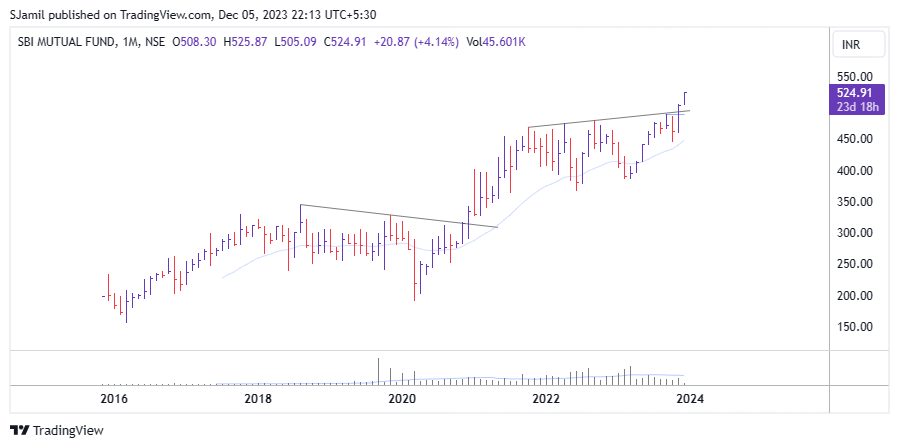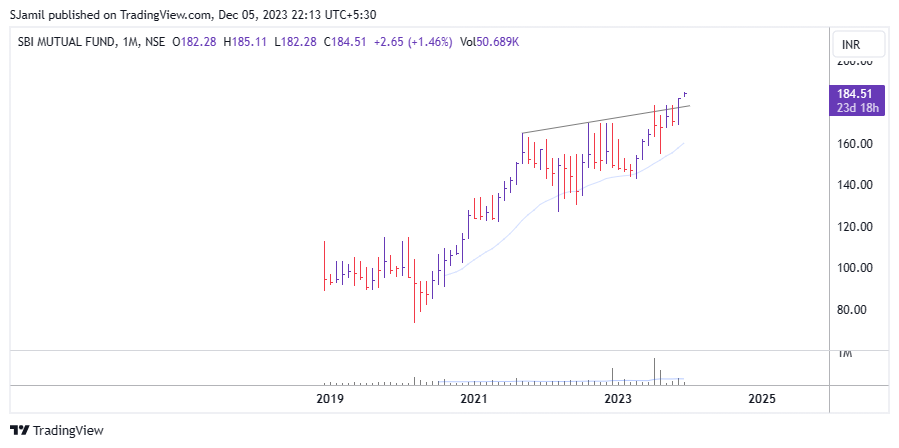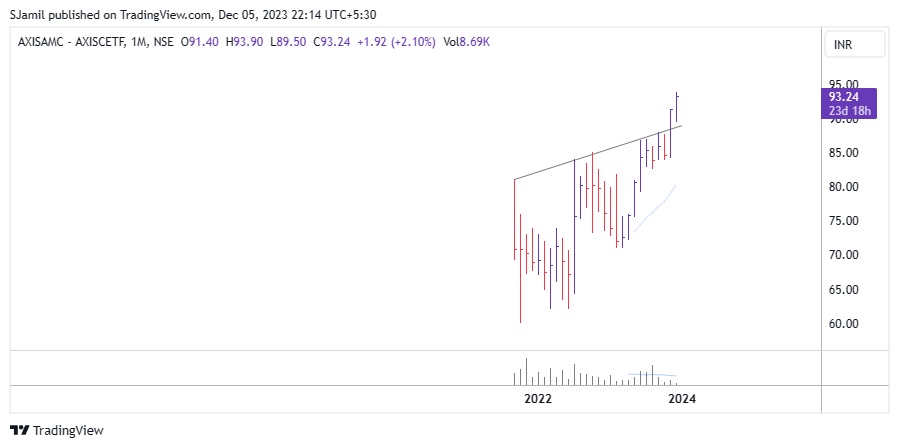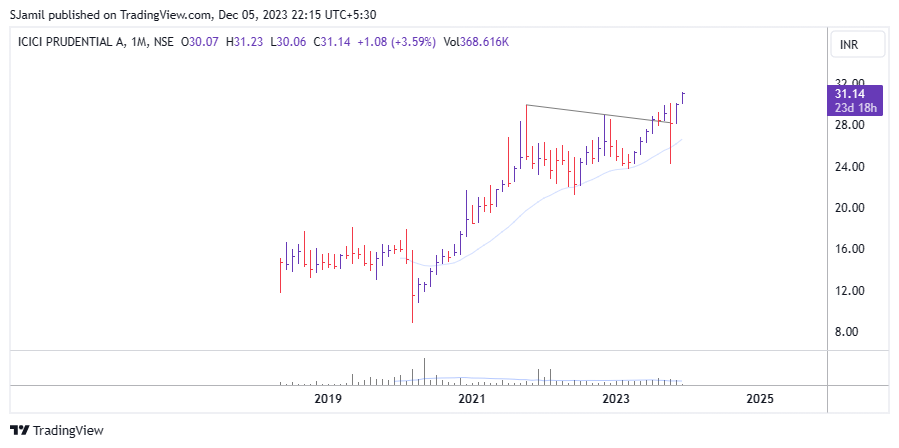Exchange Traded Funds (ETFs) are investment funds that are traded on stock exchanges, much like individual stocks. ETFs pool together assets from multiple investors and aim to track the performance of a specific index, commodity, bond, or a basket of assets. They provide investors with a way to gain exposure to a diversified portfolio of assets without having to buy each security individually.
Advantages of Exchange Traded Funds (ETFs):
- Diversification: ETFs typically hold a diversified portfolio of assets, which helps spread risk and reduce the impact of poor-performing individual securities.
- Liquidity: ETFs can be bought or sold on stock exchanges throughout the trading day at market prices. This liquidity makes them more flexible than some other investment options, such as mutual funds.
- Transparency: ETFs disclose their holdings on a daily basis, allowing investors to know exactly what assets they own. This transparency is beneficial for investors who want to have a clear understanding of their portfolio.
- Lower Costs: ETFs often have lower expense ratios compared to actively managed mutual funds because they passively track an index. This can result in lower fees for investors over the long term.
- Flexibility: ETFs cover a wide range of asset classes, including stocks, bonds, commodities, and real estate. This allows investors to easily gain exposure to various sectors and markets.
- Intraday Trading: ETFs can be bought or sold at any time during the trading day at market prices. This intraday trading feature provides flexibility for investors who want to react quickly to market changes.
Disadvantages of Exchange Traded Funds (ETFs):
- Tracking Error: While ETFs aim to replicate the performance of a specific index, there can be discrepancies between the ETF’s performance and the index it tracks. This difference is known as tracking error.
- Brokerage Commissions: Investors may incur brokerage commissions when buying and selling ETF shares. Frequent trading can lead to higher transaction costs, which may offset the cost advantages of the low expense ratios.
- Market Price and Net Asset Value (NAV) Differences: The market price of an ETF may deviate from its Net Asset Value (NAV). This can occur due to supply and demand dynamics in the market and can impact the pricing accuracy for investors.
- Complexity: Some ETFs are designed to provide leveraged or inverse returns, making them more complex and risky. These types of ETFs are not suitable for all investors and require a thorough understanding of their mechanics.
- Limited Control Over Holdings: Investors in ETFs have limited control over the individual holdings within the fund. This may be a disadvantage for those who prefer to have more direct control over their investment portfolio.
- Dividend Variability: The distribution of dividends from ETFs can be irregular and may not align with the typical quarterly or annual distribution schedule of individual stocks.
It’s important for investors to carefully consider their investment objectives, risk tolerance, and investment horizon before choosing to invest in ETFs or any other financial instruments.
Some good ETF charts
SETFNN50

SBIETFQLTY

AXISCETF

ICICI500


Leave a Reply